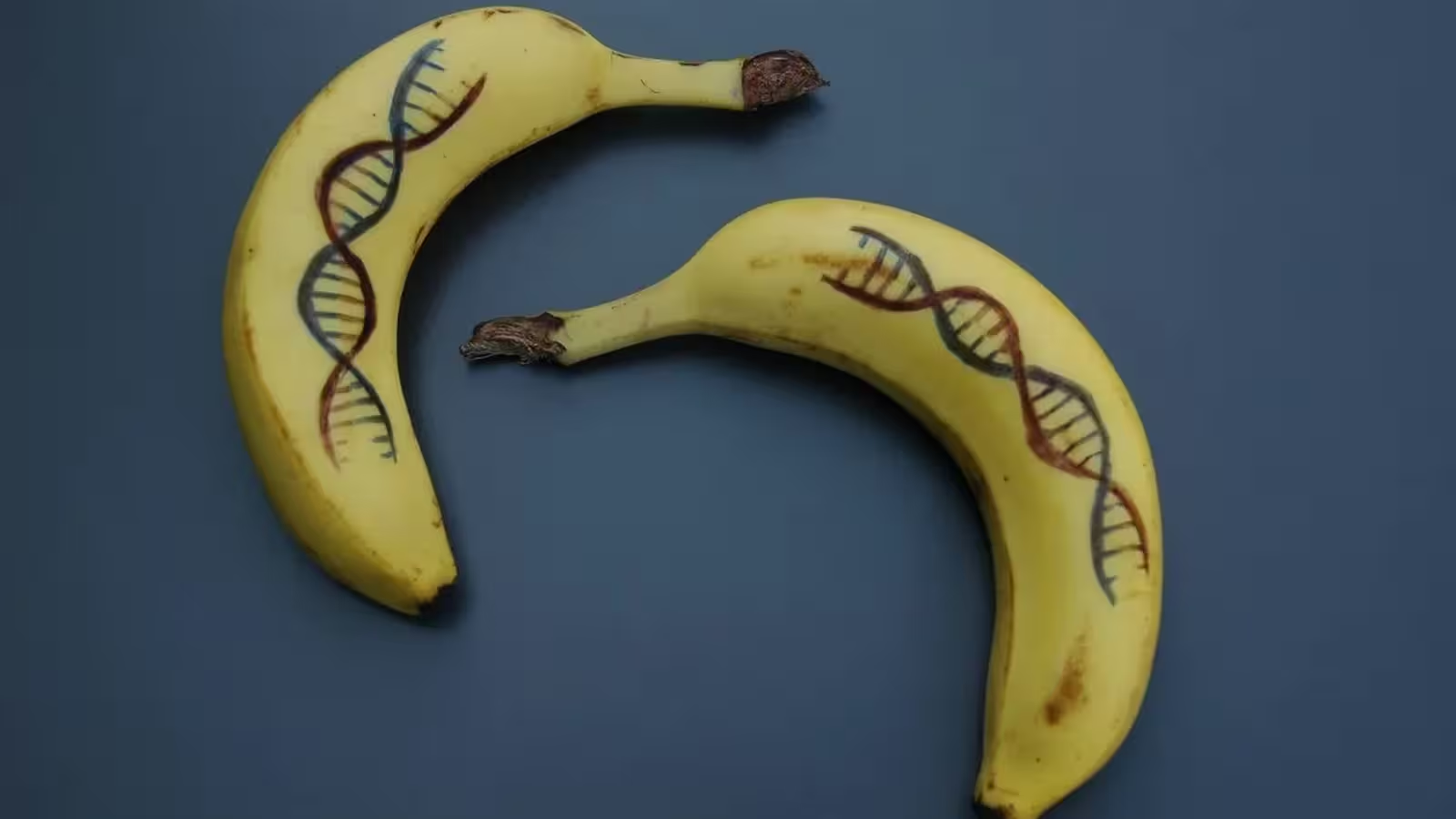5 Minutes
Understanding the Origin of the '60% DNA Similarity' Claim
The notion that humans and bananas share as much as 60% of their DNA is a recurring claim in popular science discussions and online forums. At first glance, the idea seems astonishing—after all, bananas and humans appear to have little in common, whether in physiology, appearance, or function. Yet, this claim is rooted in real scientific comparisons. To properly evaluate its validity, it’s critical to separate striking headlines from the nuanced details of genomics.
The Scientific Context: What Are We Really Comparing?
To grasp where the widely quoted 60% figure comes from, one must first understand DNA and its organization. The DNA (deoxyribonucleic acid) in every living organism consists of long sequences of nucleotides, but only a small portion of this sequence—known as genes—codes for proteins that underpin cellular function. The remainder consists of non-coding regions, regulatory elements, and repetitive sequences, much of which is less conserved across species.
The oft-cited statistic was first popularized in the early 2010s following outreach efforts—such as a Smithsonian National Museum of Natural History exhibition and resources by the National Human Genome Research Institute—that aimed to contextualize genomic similarities across life forms. However, these resources highlighted a crucial point: the similarity refers to protein-coding genes, not the entire DNA sequence.
Genome Sequencing Projects: How Scientists Compare Human and Banana DNA
A 2013 project, referenced by outlets like IFL Science, utilized computational genomics to compare the full set of genes ("genomes") between humans and bananas. Scientists created an inventory of banana genes and predicted their corresponding protein products, repeating this process for humans. Advanced algorithms then performed millions of direct sequence comparisons—only recording significant similarities that exceeded what could be expected by chance.
Specifically, scientists discovered about 7,000 banana genes had clear human analogs. As bananas harbor approximately 40,000 genes and humans about 20,000, this means that roughly 60% of banana genes have counterparts in humans, and vice versa. Yet, these homologous genes are not identical: the average protein-coding similarity between shared genes is about 40%.
It's vital to clarify the key distinction: saying "60% of human DNA is the same as banana DNA" is scientifically inaccurate. What is true is that around 60% of protein-coding genes—representing about 2% of our total DNA—show some level of similarity. When considering entire genomes, including the vast stretches of non-coding DNA, the overall sequence identity between humans and bananas drops to nearly 1%.
What Does This Genetic Similarity Mean?
The fact that humans and bananas share a substantial subset of genes is less surprising when we consider evolutionary biology. All living organisms share a distant common ancestor, and basic cellular functions (such as producing energy, copying DNA, or repairing cell damage) rely on highly conserved genes passed on over billions of years. The shared genetic toolkit is responsible for these fundamental life processes.
Misconceptions and the Importance of Accurate Science Communication
The "60% similarity" figure often causes confusion and can lead to misconceptions about human evolutionary relationships. To better visualize this, scientists suggest an analogy: imagine two different houses, such as a farm cottage and a city apartment. While their decorations, layouts, and amenities differ, each shares core features like walls, roofs, plumbing, and at least one bedroom. These shared components parallel the conserved genes present in both humans and bananas—they are the essential building blocks found in all complex life.
Despite the differences that account for the unique characteristics of bananas and humans, these basic biological components harken to life’s shared evolutionary history. The unique features—from brain development in humans to fruit structure in bananas—arise from how each organism builds on the basic blueprint with specialized sequences, regulatory mechanisms, and organism-specific adaptations.
Why This Matters: Evolution, Comparative Genomics, and Future Prospects
Understanding genomic similarities across distant species like humans and bananas enriches our knowledge of evolution, molecular biology, and even biotechnology. Studying conserved genes provides insights into disease, aging, and cellular repair, since the underpinning molecular machinery often functions similarly across organisms. Comparative genomics—the discipline that examines DNA similarities and differences across organisms—is foundational for fields ranging from evolutionary biology to synthetic biology and genetic engineering.
Moreover, clarifying the true nature of DNA similarity highlights the power and necessity of accurate science communication. Precise language cultivates public understanding and guards against misconceptions that could hinder research literacy or misinform educational content. As we deepen our exploration of life’s genetic code, such clarity will only grow more critical.
Conclusion
While the claim that humans and bananas share "60% of their DNA" is a persistent myth, the reality is more nuanced and fascinating. Roughly 60% of protein-coding genes (just a small fraction of total DNA) display some homology between humans and bananas, reflecting our shared evolutionary foundations. Entire genome sequence similarity, however, is minimal—around just 1%. Understanding what these genetic overlaps truly mean not only demystifies a popular science curiosity, but also offers a window into the shared building blocks of life on Earth.



Comments